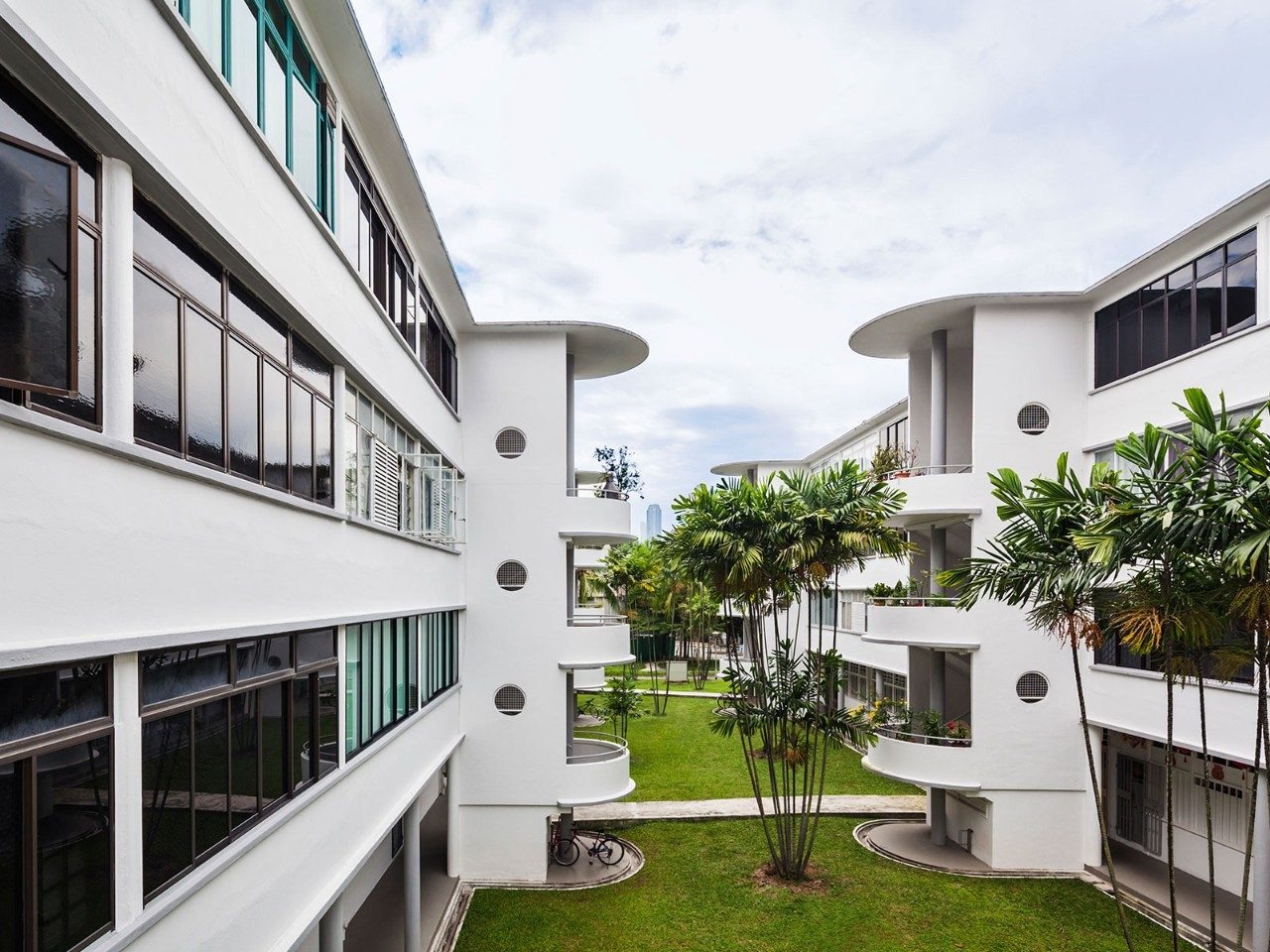Tiong Bahru has rapidly gained recognition as one of Singapore’s most sought-after housing areas.
Its growing popularity stems from the seamless combination of heritage and modern living.
Once a quiet neighborhood, Tiong Bahru now represents a vibrant and dynamic urban environment that attracts both locals and expatriates alike.
Its ability to combine history with modern conveniences makes it a top choice for individuals looking for a unique place to live in the city.
Let us see what visitors can expect from Tiong Bahru.
Prime Location and Accessibility
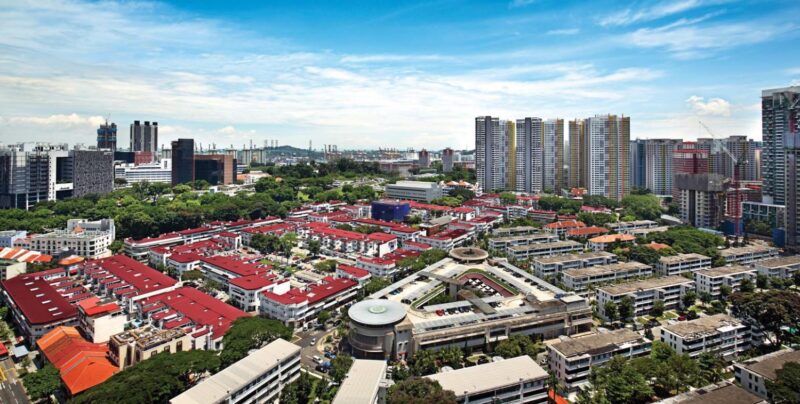
A neighborhood’s value often begins with its connectivity, and Tiong Bahru has long been praised for its strategic position within Singapore’s urban core.
Its balance of convenience, mobility, and tranquility gives residents an advantage that few districts can offer.
Easy access to workplaces, entertainment hubs, and shopping centers makes it an area favored by both professionals and families.
Centrality
Tiong Bahru enjoys one of the most central addresses in Singapore.
Located only two MRT stops away from Tanjong Pagar, it places residents within minutes of the Central Business District (CBD), a crucial factor for working professionals.
The area is also supported by an excellent network of public transport, with numerous bus routes connecting to major parts of the city.
Drivers benefit from proximity to key roads like Ayer Rajah Expressway (AYE) and Central Expressway (CTE), ensuring quick access to other districts.
Residents appreciate how Tiong Bahru manages to maintain a quieter pace despite being so close to the heart of Singapore’s business scene.
This proximity creates a rare opportunity to live close to work without sacrificing peace and comfort.
Such accessibility enhances its reputation as one of the most convenient neighborhoods to live in.
Key accessibility advantages include:
- Two MRT stops away from Tanjong Pagar and direct access to Outram Park interchange
- Close proximity to major expressways such as AYE and CTE
- A comprehensive bus network serving all major city points
- Nearby facilities like schools, medical clinics, and supermarkets within walking distance
Walkable Neighborhood
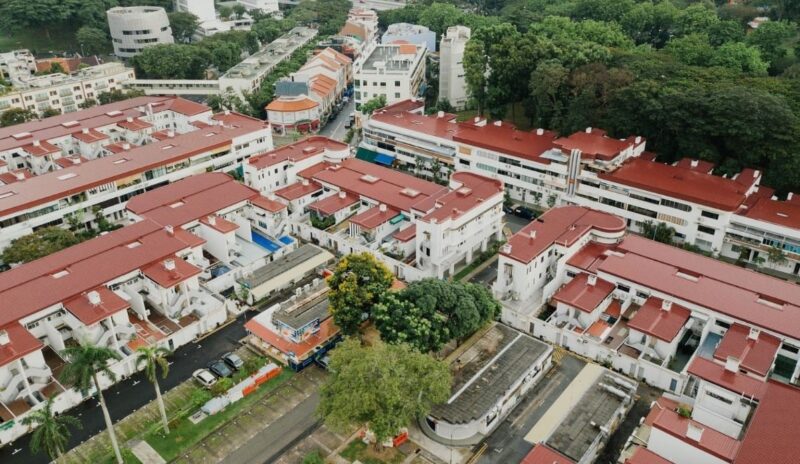
Compact and human-scaled, Tiong Bahru has been designed for pedestrians rather than cars.
The streets are lined with low-rise blocks, shaded sidewalks, and connected courtyards that invite residents to walk instead of drive.
This design fosters a stronger sense of community and a healthier lifestyle.
Most essentials are within walking distance, creating a self-contained environment that residents find extremely practical.
The combination of accessibility and comfort makes daily errands enjoyable rather than stressful.
People often enjoy morning strolls to grab coffee, pick up groceries, or browse through local boutiques.
Notable amenities and walkable destinations include:
- Tiong Bahru Plaza, a modern mall offering retail and dining options
- Tiong Bahru Market, famous for authentic hawker food and local produce
- Local cafés, grocery stores, and boutique shops all within a short radius
Walkability remains one of the strongest selling points of Tiong Bahru.
It promotes an urban lifestyle where residents can enjoy everything they need without long commutes or heavy traffic congestion.
Real Estate and Investment Value

Tiong Bahru’s housing market reflects its desirability.
Investors, expatriates, and locals view it as a long-term asset due to its consistent property value appreciation and strategic location.
Its architectural charm and modern convenience have made it a benchmark for successful urban renewal in Singapore.
High Property Demand
Demand for housing remains high, driven by limited supply and strong neighborhood prestige. Conservation status for pre-war flats has increased their value significantly.
These units are seen as heritage collectibles, appreciated not only for their design but also for their symbolic meaning.
En bloc projects and rejuvenation efforts have modernized parts of the district, creating a balance between old and new developments. Buyers are drawn to its investment stability and lifestyle benefits.
Key real estate characteristics include:
- High resale value for conserved flats
- Ongoing rejuvenation projects and infrastructure upgrades
- Attractive rental yields due to location and popularity
- Steady buyer interest from both locals and expatriates
Mixed-Use Development Appeal
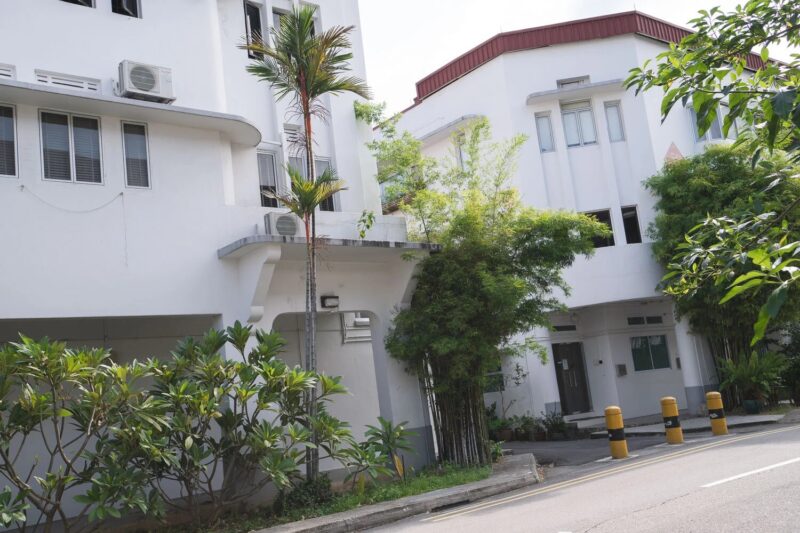
A defining feature of Tiong Bahru’s success lies in its mixed-use planning. The area blends several developments:
- Residential
- Commercial
- Hospitality
Boutique hotels like Link Hotel cater to visitors, while retail outlets and eateries contribute to local vibrancy.
Housing options range from public HDB flats to private apartments, meeting diverse lifestyle needs.
Small businesses thrive under this model, supported by a steady stream of residents and visitors.
Highlights of mixed-use advantages include:
- Balanced mix of HDB, private condos, and boutique apartments
- Integration of retail and hospitality facilities
- Tourist-friendly offerings like boutique hotels and artisanal shops
- Strong community engagement through shared spaces
Additionally, the integration of green and water-centric design features in these developments has seen increased interest.
Modern landscaping tools, such as those provided by Admiral lake and pond equipment, are essential in maintaining clean, attractive ponds, fountains, and shorelines within residential or mixed-use spaces.
Tiong Bahru’s balance between progress and preservation ensures that its identity remains both relevant and desirable in Singapore’s modern housing scene.
Food and Lifestyle Attractions
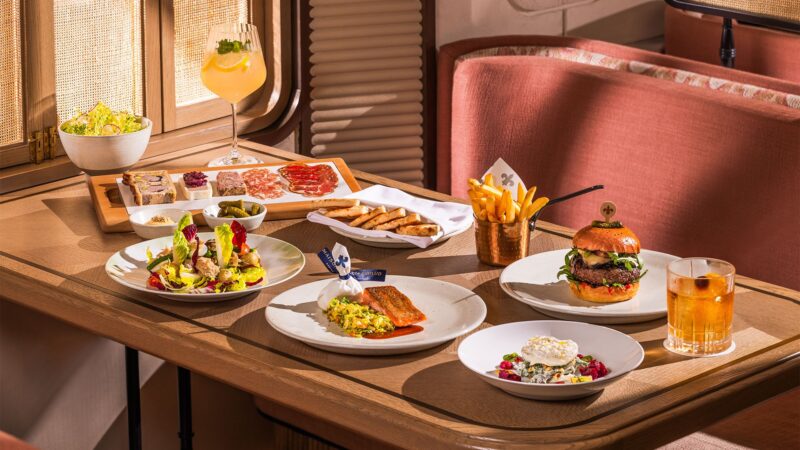
Every thriving neighborhood in Singapore boasts its food culture, and Tiong Bahru takes this to another level.
Its mix of old-world hawker flavors and trendy café culture has created a gastronomic hub that draws food enthusiasts daily.
The area’s balance between authenticity and modernity makes it an exciting culinary destination.
Iconic Food Culture
Tiong Bahru Market remains a national icon for local cuisine.
Residents and visitors flock there for traditional dishes prepared by hawkers who have been perfecting their recipes for decades.
Favorites like chwee kueh, lor mee, and curry rice reflect the heritage of Singapore’s food culture.
Family-run eateries such as Cheng’s 27 preserve the nostalgic side of the district, offering home-cooked comfort food that keeps loyal customers coming back.
The dining experience here connects people not just through food but also through shared community memories.
Highlights of Tiong Bahru’s food scene include:
- Tiong Bahru Market: One of Singapore’s cleanest and most famous hawker centers
- Cheng’s 27: Long-established family eatery offering Hainanese-style dishes
- Por Kee Eating House: Known for traditional Chinese zi char dining
Weekend food markets and pop-up stalls offering artisanal bites
Café and Hipster Scene
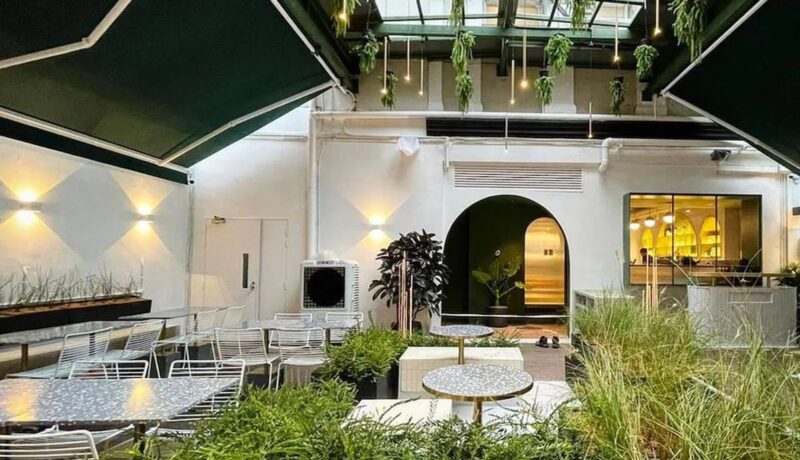
Over time, Tiong Bahru has transformed into a hotspot for café culture and creative lifestyles.
Independent cafés, specialty coffee shops, and artisan stores line Yong Siak Street and its surrounding lanes.
Many young professionals and creatives frequent these spaces, creating a vibrant social scene.
Cafés such as Tiong Bahru Bakery, Forty Hands, and Bincho symbolize this modern transformation.
Each venue brings its own flavor, merging gastronomy with artistic ambience.
Record stores, independent bookshops, and vintage boutiques complement the café scene, giving the area a character that blends nostalgia with modern trends.
Key spots that define Tiong Bahru’s lifestyle include:
- Tiong Bahru Bakery for world-class pastries and coffee
- Forty Hands for third-wave coffee culture
- Bincho for modern Japanese dining with heritage architecture
- BooksActually and local art galleries adding cultural depth
On weekends, the neighborhood transforms into a lively hub filled with brunch-goers, art lovers, and casual wanderers who come to experience its stylish yet authentic vibe.
Vibrant Cultural Identity
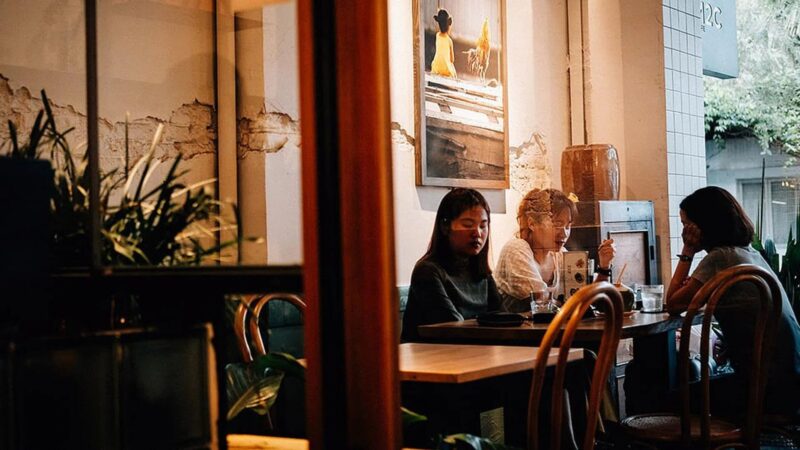
Culture and creativity pulse through every corner of Tiong Bahru.
Its artistic heritage, coupled with a strong sense of place, has made it an essential part of Singapore’s cultural narrative.
Artistic and Creative Vibe
Public murals throughout the district showcase stories of local life and history, created by Singaporean artists.
These visual works have turned simple alleyways into outdoor galleries that capture the essence of community identity.
Writers, designers, and filmmakers often cite Tiong Bahru as a source of inspiration.
Art spaces, small galleries, and bookstores nurture this creativity, drawing both locals and visitors who seek an artistic environment that values storytelling and authenticity.
Weekend craft markets and exhibitions further contribute to the area’s lively artistic reputation.
Key creative highlights include:
- Murals depicting old trades and heritage icons
- Independent bookstores such as BooksActually
- Pop-up art exhibitions and local craft fairs
- Regular community art workshops and literary events
Blend of Old and New
Tiong Bahru achieves harmony between historical preservation and modern comfort.
Restored pre-war flats built in the 1930s, characterized by Art Deco designs, stand proudly beside new condominiums and boutique apartments.
The neighborhood shows how heritage can coexist with progress without losing its soul.
Modern amenities and conveniences have been introduced without compromising the aesthetic of the area.
Residents can enjoy contemporary lifestyles within an environment that still reflects its historical past.
The result is an urban district that celebrates tradition while embracing innovation.
The Bottom Line
Tiong Bahru’s rise to prominence can be attributed to its unbeatable location, excellent food scene, cultural identity, and strong real estate market.
It represents a model for harmonious urban development, blending heritage with modernity.
Tiong Bahru continues to be a symbol of how urban spaces can evolve, serving as a reminder of Singapore’s ability to preserve its history while embracing contemporary trends.

